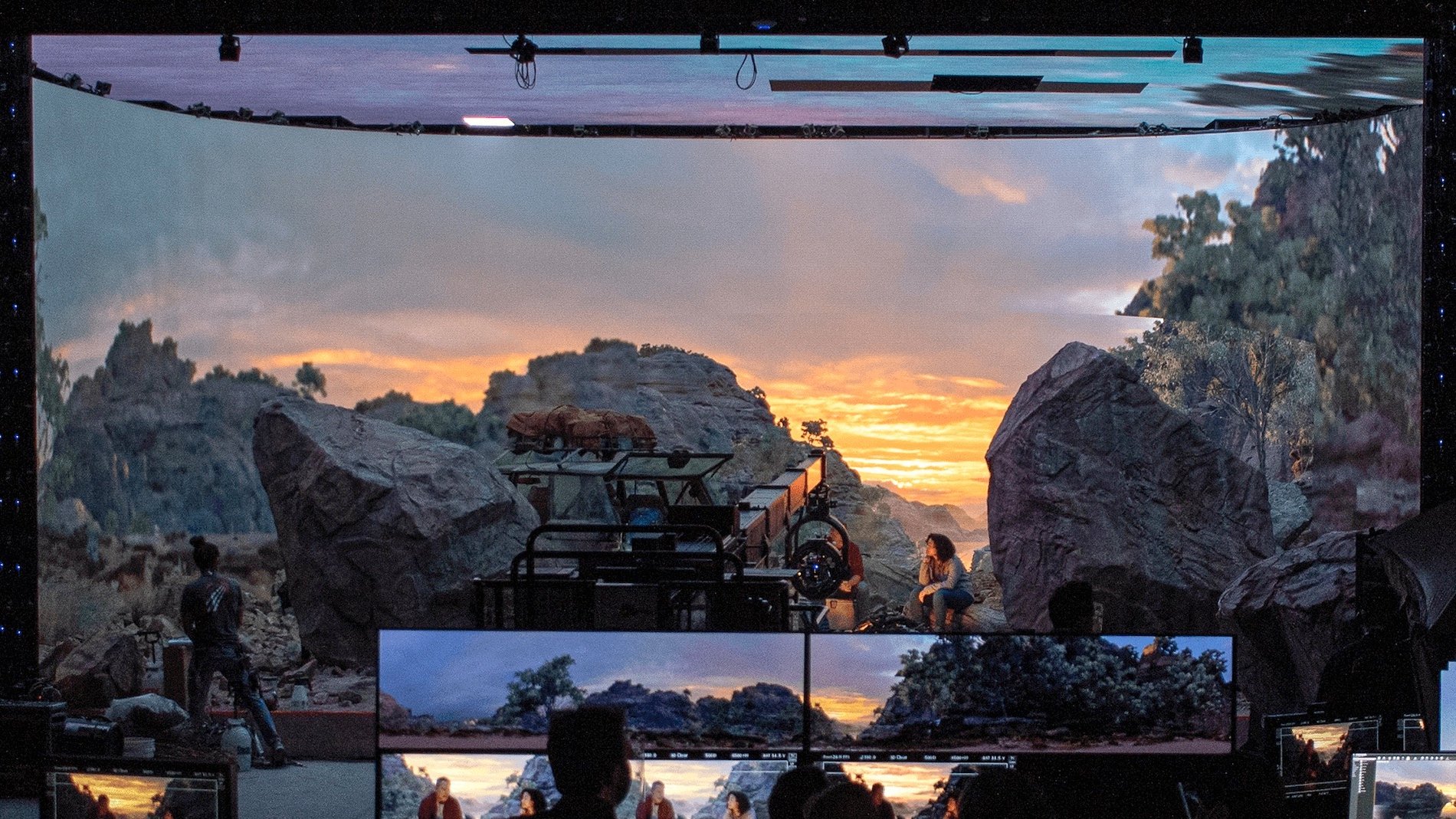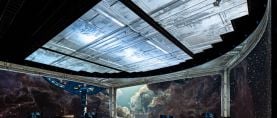
Epic Games Updates Unreal Engine
New features and enhancements in Unreal Engine 4.27 include several that support in-camera VFX and other on-set virtual-production workflows.
Epic Games has released Unreal Engine 4.27, offering new features and enhancements for creators across a variety of industries.
Applications that use multi-display rendering, including in-camera VFX, are now easier to set up, with a 3D Config Editor and consolidated access to all nDisplay-related features and settings in a single UAsset. There is also support for OpenColorIO for accurate color calibration, and Beta support for multi-GPU rendering, together with easier multi-camera configuration.
Enhancements to support ICVFX and other on-set virtual-production workflows include a new drag-and-drop remote control web UI builder and an improved, production-ready Virtual Camera system. There’s also Beta support for Level Snapshots and for the production of correct motion blur for traveling shots.
Pixel Streaming features several new improvements and an upgraded version of WebRTC. Support for Linux is also new.
With Rad Game Tools joining the Epic Games family, the Oodle Compression Suite and Bink Video codec are now available in Unreal Engine out of the box. The tools run on all UE-supported platforms.
GPU Lightmass (Beta) is a light-baking solution that uses the GPU as opposed to the CPU to progressively render precomputed lightmaps at faster speeds, leveraging the latest ray-tracing capabilities with DirectX 12 and Microsoft’s DXR framework. With this release, GPU Lightmass offers support for many more features, in addition to improved stability and reliability.
The Path Tracer (Beta) is a DXR-accelerated, progressive rendering mode that can be enabled with a single button push. Users can create final-pixel imagery comparable to offline renderings, including global illumination, refractions and anti-aliasing.
Datasmith Runtime has been extended, and Direct Link functionality has been added to a new Archicad Exporter plugin and to existing Rhino and SketchUp plugins, enabling users to maintain a live connection between a source DCC tool and a UE-based application.
With improved USD and Alembic support (Beta), users can export many more elements to USD, including Levels, Sublevels, Landscape, Foliage and animation sequences, and import materials as MDL nodes.
Users will also find it easier to create extended-reality content. The OpenXR plugin is now production ready and offers support for additional features. The VR and AR templates have been redesigned to offer more built-in features and easier setup.
Other Beta features of 4.27 include support for UE containers on Windows and Linux, and easier still-image rendering.
Disguise users will find the company’s r19 software already set up to accommodate all 4.27 configuration requirements. Disguise operators who currently run RenderStream can skip the setup, download their updated RenderStream plugin and get to work.
Follow Unreal Engine on Twitter, Facebook and Instagram.
Follow American Cinematographer on Facebook, Twitter and Instagram.






